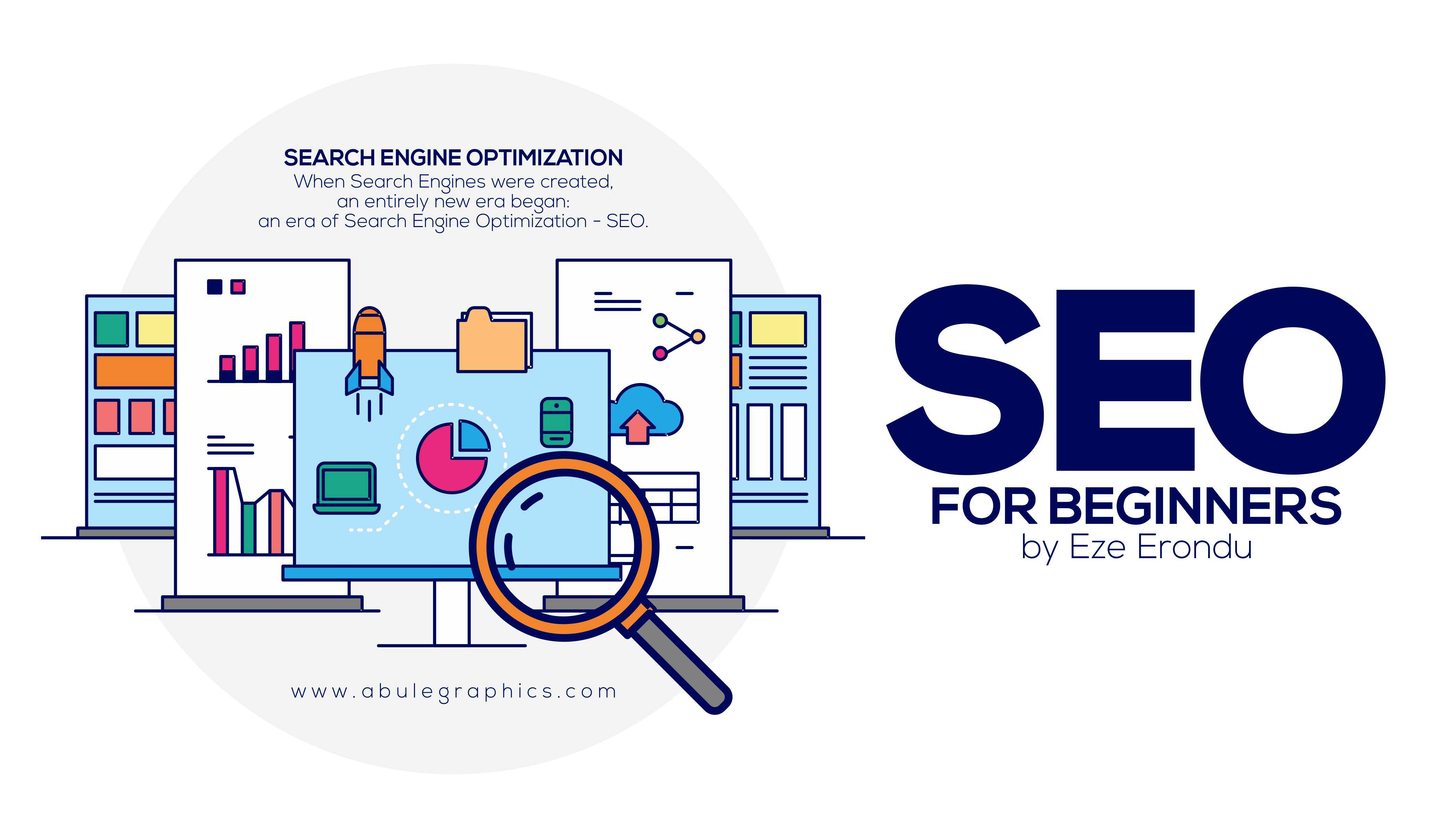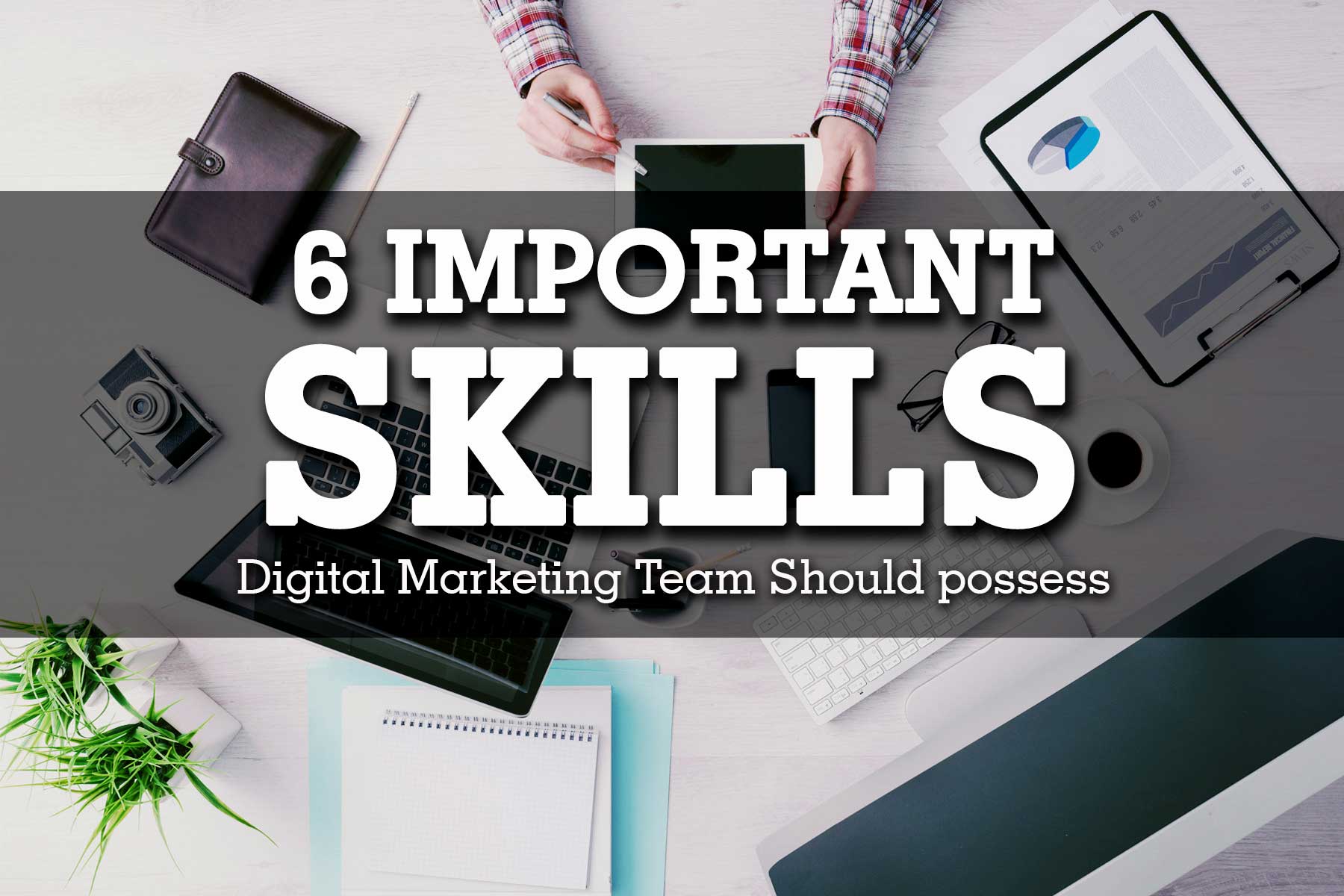Table of Contents
#1 SEO Tip: Use Popular Keywords
Google and other Search Engines continuously observe for relevant content on your website. To get high rankings during SEO, I suggest you use the exact keywords you want to rank for.
This is how i check for recurrent keywords when optimizing contents on the Abule Graphics Website:
Search each page on your site (just hit Control+F) for the relevant keywords you are trying to rank for. It should appear in the title tag, in the header (H1) and in the body (probably a couple of times for every 500 words).
Read More on how to Rank for Keywords (during SEO) on Wordstream.
Furthermore, trying to optimize your website with SEO keywords that nobody searches for is a complete waste of time. During SEO, when you optimize your website for irrelevant keywords, Search Engines like Google calculates the number of times web users didn’t select your listing, and the number of times they returned to the search results to choose a different website. So, i’ld suggest you invest some time and resources into finding most suitable keywords; those that turn searches into generated income or leads for your business. There are several SEO tools and SEO softwares available on the Internet to help you find the best keywords in your SEO journey; most of them are offered by the search engines themselves and are entirely free.
Using Long Tail Keywords and SEO behavioral targeting are an excellent way to get higher ranking quickly for keywords that generate revenue by ensuring optimal sales, and will have longevity to them in the search results. Here are some examples of keywords that are ideal for SEO:
- SEO Experts in Abuja.
- Web Design Agency in Nigeria.
- Graphic Designers in Nigeria.
- Best Digital marketing Agency in Abuja.
#2 SEO Tip: Learn What SEO Strategies Your Competitors are Using
Search Engines analyze inbound links to your website as part of their ranking standards. Finding out how many inbound links your competitors have, will give you a great SEO advantage. You must find out who these your competitors are and find out their main SEO strategies. Consider Ubersuggest as a good tool to spy on your competitors.
The following are steps/processes to perform when examining aN SEO competitor
Your analysis of competitors should include these extremely relevant linking standards such as:
- Competitor’s SEO rank on search engines
- Quantity and quality of incoming links (prioritized)
- SEO Keywords in the title of linked page?
- The Google PageRank of linked pages
- The popularity of the linked domain and the linked page. Best way to measure this is by looking into links & mentions
- Click the link to their Site Map page and see what SEO keyword you find in the links
- Get a savvy web person to find and parse their XML Site Map to find SEO-rich keywords in page names
- View the HTML title and meta tags of your top competitors to compile a list of needed SEO content.
#3 SEO Tip: Ensure the Contents You Write FOR SEO are Linkable & Sharable
Non-specific SEO content can’t be put together and posted online with the hope that it will get high ranking for the life of that page or content. Ensure your content have these SEO features if it has any hope of earning and sustaining higher ranking in the search engine results:
- Useful SEO content.
- Original content for SEO.
- Well Linked.
- Supportive SEO References.
- Well detailed.
- Fun and interesting, supporting contents like pictures.
- Call to action to keep your audience engaged.
- Visual examples, charts, and references.
- Tutorials and tips are a great way to get people to link (good for SEO).
- Answer questions.
- Get involved with social media.
- Include a blog.
#4 SEO Tip: The Title and Meta Tags of Your Homepage Should be Optimized for seo
Meta Description of Your Homepage Should Include Meta Tags.
Put your top terms into a description but make sure you aren’t spamming; this is a clear indicator of what your website is about.
Since search engines like Google shows only the first 66 or so characters (with spaces), our Best 10 SEO tips for the title on anything other than the homepage would be to keep the title under 66 characters and relevant to the content on the page.
HTML titles and Meta tags should be unique on every page of your website if you wish for most search engines to store and list them in the search results.
#5 SEO Tip: Optimize Your Headings and Subheadings
When you look up keywords on a search engine, what shows up in your web browser is called an impression. When you make a selection, that selection is called a click. Google and other search engines record each impression and each click to help them understand which listings are being clicked on the most. They also record patterns (so stop thinking about getting all your friends to search for and click your listing). If the majority of normal search volume selects your listing, you’ll have a higher CTR and higher ranking; same applies for Sponsored Ads by the way. To get and stay at the top of the search results, you need to be the most attractive listing in the search result, and you need to provide enough content to prevent the searcher from leaving your website to find a different listing.
<title>Call to Action, Keywords, & Value Proposition (under 66 characters)</title>
<meta name=”keywords” content=”one to five keywords separated by commas” />
Headings are very important when it comes to organizing information, so be sure to include ONLY ONE H1 tag when assembling your page, and alternatively, use one or more subheading (H2-H6).
#6 SEO Tip: Use Title and ALT Attributes
The ALT Attribute is used for the same reasons as the title attribute, but is specifically for describing an image to the search engine and to the visually impaired.
#7 SEO Tip: Optimize Your File Nomenclatures
You may need to contact your IT department or webmaster to rewrite your page URLs if your website platform is non-accommodating to custom URL nomenclature.
#8 SEO Tip: Direct Search Engines What to Index
Optimizing your robots.txt File and redirect Duplicate Content.
Next, add a new tag to every page of your website to prevent other versions of the page from appearing in the search results. Just think about all the different ways we display content. There are often “Print View”, “Flash Version”, and pages with reviews, ratings and comments that append page URLs with strings such as &rating=5, &view=print, etc.
To correct this issue, we add a Canonical Tag to every page of the website. Finally, you should round up all those domains you bought and make sure they are pointing to your one main website with a 301 Permanent Redirect.
#9 SEO Tip: Feed Search Engines with Static and XML Site Maps
PageRank is relative and shared throughout a website by a unique voting system created by Google. We could spend two days trying to explain how PageRank works, but what it comes down to is having efficient navigation throughout your site. That’s where a site map page comes in. Since every page on the website will be linked to the site map, it allows webcrawlers (and users) to quickly and easily find content. Though you may feel like it is impossible to get listed high in Google’s search engine result page, believe it or not that isn’t Google’s intention. They simply want to insure that their viewers get the most relevant results possible. In fact, they’ve even created a program just for webmasters to help insure that your pages get cached in their index as quickly as possible. They call the program Google Sitemaps. In this tool, you’ll also find a great new linking tool to help discover who is linking to your website.
Now we know that what Google actually rank web pages. The question is, “Are you using every one of your website’s pages excellently?”
To achieve this, ensure:
- During SEO, the organization of your web pages reflects your keyword strategy.
- Don’t just pile up all your products and services on a single page.
- create a separate page for each keyword you want to rank for.
Read more on SITE-MAP Optimization here
- Effective 11/06: Google, Yahoo!, and Bing will be using one standard for site maps.
- Use XML Site Maps for SEO.
- Optimizing Your Static Site Map.
- For consistency, it’s better to have one version of each page to get all the inbound links and earn all of the points with the search engines. This means telling Google and Bing (in their respective Webmaster Tools) to only index the www.-version of your website (or the non-www version if you’re “one of those types of people”). You can also use your Windows Server or a file called the .htaccess file on your Apache server to permanently redirect one version to the other.
- By far the easiest top 10 SEO tips you will ever do as it relates to search engine optimization is include a robots.txt file at the root of your website. Open up a text editor, such as Notepad and type “User-agent: *”. Then save the file as robots.txt and upload it to your root directory on your domain. This one command will tell any spider that hits your website to “please feel free to crawl every page of my website”.
- We may take a lot of heat from the other SEO’s out there for this one, especially because Google and other search engines have already helped reduce the amount of duplicate content indexed. However, we do enough search queries that begin with “site:” to know that duplicate content is still a major issue. Worse, we see a lot of files showing up in the indexes that should be hidden from the world.
- Whenever possible, you should save your images, media, and web pages with the keywords in the file names.
- Using the title attribute is a direct method of telling the search engines and the user more information about where a link will take them if they click through it. It’s also a W3C standard for making your page accessible to those who are visually impared . In other words, blind folks can navigate through your website using a special browser that reads title and ALT attributes.
- Since a page full of headings would look just plain silly, our SEO tip would be to fill in the blank space with paragraphs, ordered and unordered lists, images, and other content. Try to get at least 400+ words on each page.<meta name=”description” content=”Differently worded call to action, keywords, & value proposition (under 160 characters)” />.
- Optimize Titles and Meta Tags of Your Website’s Subpage.
#10 SEO Tip: Engage and build relationship
One percent of people create the internet; pay close attention to them. Get to know these people, they are your friends (or will be).
Other key tips to note:
- Don’t just build links during SEO, attract links.
- Get to know media companies, pod-casters, journalists, video producers, bloggers, blog editors, academic researchers, event producers etc,
- They need you, you need them. Collaborate and you both win!
Read More on Link Building and its Advantages
So, there you go, a great head start for those who are just setting out on the SEO journey – or a great reminder for those of us who may have been away from SEO for a while.
I believe you have learnt so much after reading this post.
If you have tried these SEO tips and have started getting results or you have specific questions you would want me to help you answer, please leave a comment in the comment section below.
Cheers



